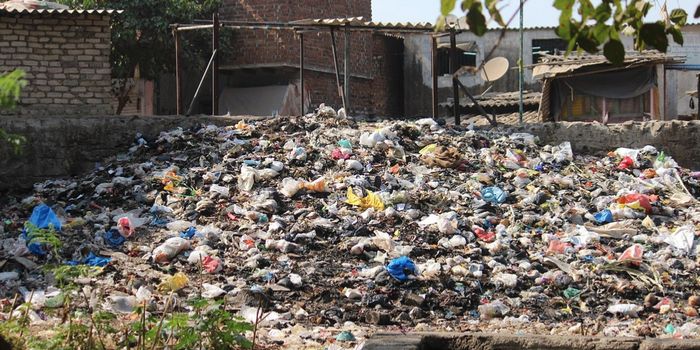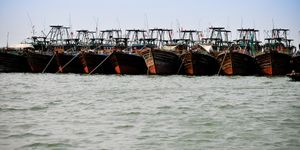Due to an unfortunate combination of rising sea levels and a major El Niño, new research confirmed from the Great Barrier Reef Marine Park Authority (GBRMPA) and the Australian Institute of Marine Science (AIMS) has reported that approximately one quarter of the corals in the Great Barrier Reef have died this past year. GBRMPA and AIMS have been responsible for monitoring the reef’s health over the last forty year. Their latest data attempts to put into perspective how the changes in coral populations will affect the reef’s ecosystem as a whole.

Although many media sites have published varying percentages reporting the die-off of corals in the reef, the actual publications from the study have yet to be released. Yet the team decided to release their preliminary results to the public in order to prevent confusion from the media. The combined results from the studies so far show that overall mortality is 22%, with approximately 85% of that die-off occurring in the far north between the tip of Cape York and north of Lizard Island, 250 kilometers north of Cairns, according to Dr. Russell Reichelt, GBRMPA Chairman. To clarify the current status of their research, Dr. Reichelt stated: “Another round of surveys is scheduled for August to October to assess survivorship, before a final assessment is published."
Indeed, the majority of the impact was found in the northern third of the Reef, from Port Douglas to Cape York. However, although the central and southern regions were not seen to suffer such significant mortality, 93% of corals in the reef, including these regions, still show signs of stress from bleaching. “Collaborative efforts by a large number of institutions and tourism industry volunteers allow us to say with confidence that while bleaching caused by heat stress affected most of the Reef, the most severe mass bleaching and the greatest mortality has been restricted to north of Port Douglas,” said Dr.Reichelt.
The GBRMPA assessed coral mortality using hundreds of comprehensive in-water surveys conducted throughout the reef system since early March. The surveys were supported by the Australian Institute of Marine Science, the Queensland Parks and Wildlife Service and other partners.
Those corals that did survive the bleaching episode now face the ever-growing struggle to recover amidst a climate change crisis of harsher marine conditions unfriendly to fragile corals. Greenhouse gas emissions and local pollution need to decrease drastically in order to foster habitats in which the corals can continue their life cycles.
With a spark of optimism, Dr. Reichelt stated: “And while we know many corals in the northern sector will die, others will recover from bleaching over the coming months and we’re hopeful that in areas where bleaching has been minor the Reef will bounce back well. We know the Great Barrier Reef, which is larger than Italy, is still resilient with the ability to recover from major events, given enough time. The agency's strong protective measures, including no-take green zones which make up 33 per cent of the Marine Park, play a critical role in maintaining the resilience of the wider ecosystem. This underlying resilience was on display recently when the Australian Institute of Marine Science found coral cover increased by 19 per cent across the Marine Park between 2012 and 2015, nearly doubling in the southern sector due to good early recovery from cyclones and floods.”
Sources:
The Guardian,
Desmog,
Cairns Post,
Great Barrier Reef Marine Park Authority










